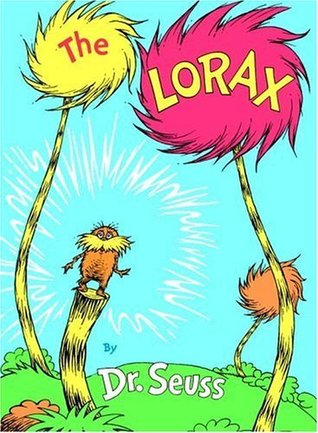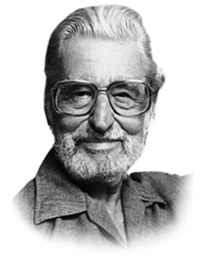[Dr. Seuss] The Lorax(Bokos-Z1).pdf - zeke23seeders: 7
leechers: 2
[Dr. Seuss] The Lorax(Bokos-Z1).pdf - zeke23 (Size: 6.41 MB)
Description The Lorax by Dr. Seuss 4.35 of 5 stars 4.35 · rating details · 165,542 ratings · 2,344 reviews Dr. Seuss, pseudonym for Theodor Seuss Geisel, is world renowned for his inventiveness and wit. His stories are instantly recognizable by their use of fantastic words, clever rhymes, and unusual creatures-drawn in his distinctive style. You can have your Silent Spring and Inconvenient Truth. The Lorax and his lesson of unless is, to me, the most moving piece of environmental literature ever. It shows that a) good children's literature doesn't have to be simplistic or happy to be effective and b) that you certainly need not be a member of a political group to appreciate the message that our drive to industrialize must not happen at the expense of our planet. The Lorax” is one of Dr. Seuss’ most memorable books as it is about the importance of taking care of all of the trees in the world. “The Lorax” may have some controversial issues, but it is still a great book for both children and adults to treasure for many years. Dr. Seuss’ story about how chopping down too many trees can destroy the Earth’s environment is truly powerful and moving as it realistically portrays what can happen to the environment when trees are cut down through Dr. Seuss’  Dr. Seuss Author profile born in Springfield, MA, The United States March 02, 1904 died September 24, 1991 gender male website http://www.seussville.com/ genre Children's Books About this author edit data Theodor Seuss Geisel was born 2 March 1904 in Springfield, MA. He graduated Dartmouth College in 1925, and proceeded on to Oxford University with the intent of acquiring a doctorate in literature. At Oxford he met Helen Palmer, who he wed in 1927. He returned from Europe in 1927, and began working for a magazine called Judge, the leading humor magazine in America at the time, submitting both cartoons and humorous articles for them. Additionally, he was submitting cartoons to Life, Vanity Fair and Liberty. In some of his works, he'd made reference to an insecticide called Flit. These references gained notice, and led to a contract to draw comic ads for Flit. This association lasted 17 years, gained him national exposure, and coined the catchphrase "Quick, Henry, the Flit!" In 1936 on the way to a vaction in Europe, listening to the rhythm of the ship's engines, he came up with And to Think That I Saw It on Mulberry Street, which was then promptly rejected by the first 43 publishers he showed it to. Eventually in 1937 a friend published the book for him, and it went on to at least moderate success. During WW II, Geisel joined the army and was sent to Hollywood. Captain Geisel would write for Frank Capra's Signal Corps Unit (for which he won the Legion of Merit) and do documentaries (he won Oscar's for Hitler Lives and Design for Death). He also created a cartoon called Gerald McBoing-Boing which also won him an Oscar. In May of 1954, Life published a report concerning illiteracy among school children. The report said, among other things, that children were having trouble to read because their books were boring. This inspired Geisel's publisher, and prompted him to send Geisel a list of 400 words he felt were important, asked him to cut the list to 250 words (the publishers idea of how many words at one time a first grader could absorb), and write a book. Nine months later, Geisel, using 220 of the words given to him published The Cat in the Hat, which went on to instant success. In 1960 Bennett Cerf bet Geisel $50 that he couldn't write an entire book using only fifty words. The result was Green Eggs and Ham. Cerf never paid the $50 from the bet. Helen Palmer Geisel died in 1967. Theodor Geisel married Audrey Stone Diamond in 1968. Theodor Seuss Geisel died 24 September 1991. Sharing Widget |